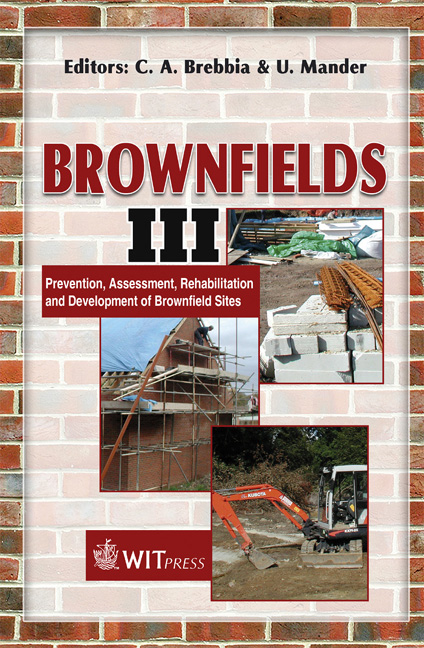Evaluation For Estimating Partition Coefficients Of Alcohol Tracer Partitioning Between Benzene, Toluene, Ethylbenzene, And Xylenes (BTEX) Compounds And Water
Price
Free (open access)
Transaction
Volume
94
Pages
10
Published
2006
Size
786 kb
Paper DOI
10.2495/BF060241
Copyright
WIT Press
Author(s)
S. Rhee, S. Cho & J. Park
Abstract
The partitioning tracer method has been studied in laboratory research and field investigations as an alternative method for characterizing aquifers contaminated by nonaqueous phase liquids (NAPLs). Accurate partition coefficients of tracers partitioning between NAPL and water are needed to improve the reliability of the partitioning tracer method. In this research, partition coefficients of alcohol tracers partitioning between benzene, toluene, ethylbenzene, and xylenes (BTEX) compounds and water are estimated using the approach of equivalent alkane carbon number (EACN). General agreement was observed between the measured and estimated partition coefficients of alcohol tracer between BTEX compounds and water. Based on these results we can verify that the EACN approach is suitable for estimating the partition coefficient of alcohol tracers between BTEX compounds and water. Keywords: partitioning tracer method, alcohol tracers, partition coefficient, BTEX compounds. 1 Introduction The contamination of soil and groundwater by nonaqueous phase liquids (NAPLs) has become an issue of great interest. In particular, petroleum, such as gasoline, has been used in large quantities in various industry field and its spills or leaks into aquifers cause environmental problems. The major components of petroleum are benzene, toluene, ethylbenzene, and xylenes (BTEX) and they
Keywords
partitioning tracer method, alcohol tracers, partition coefficient, BTEX compounds.




